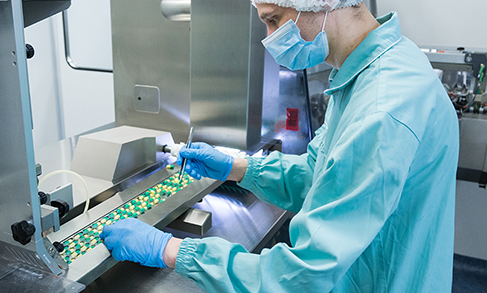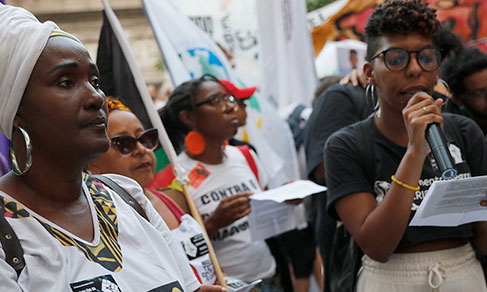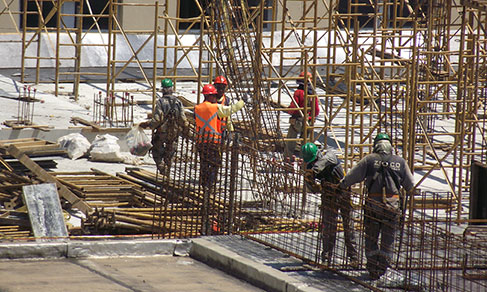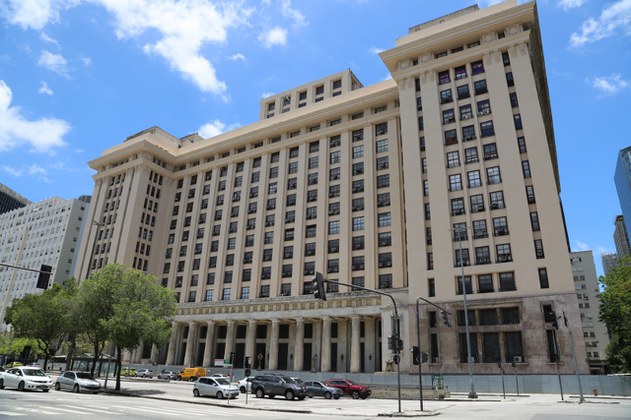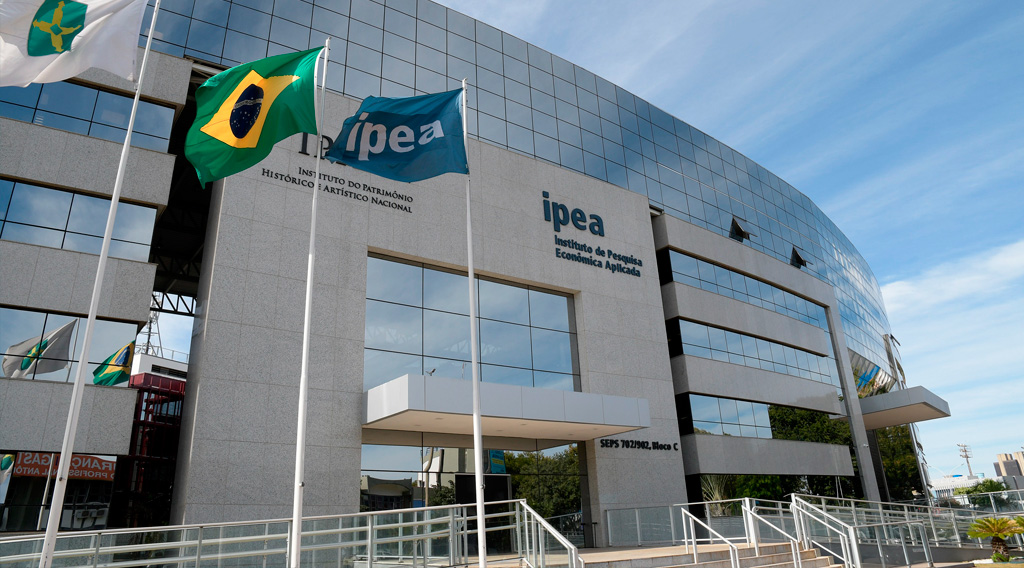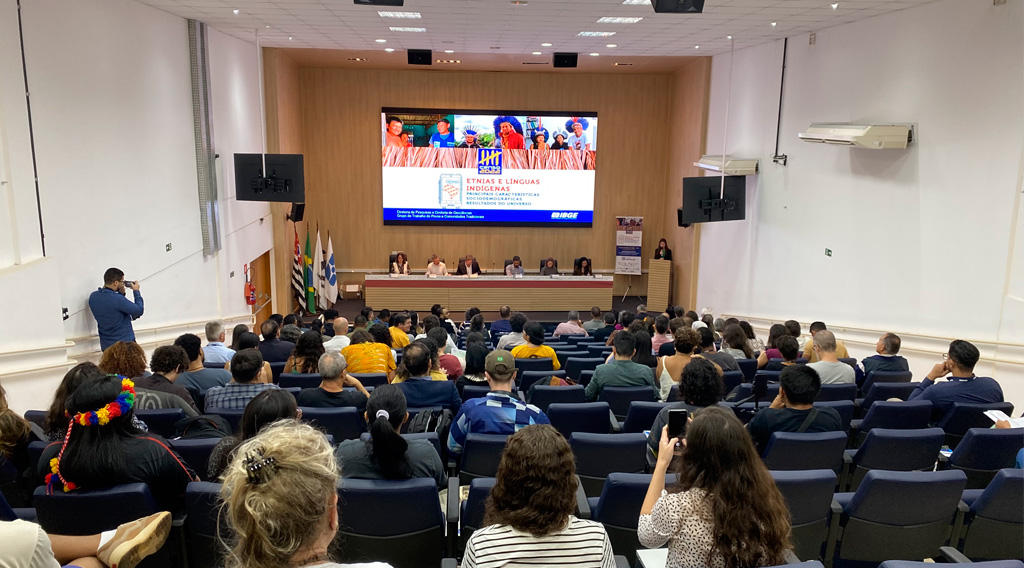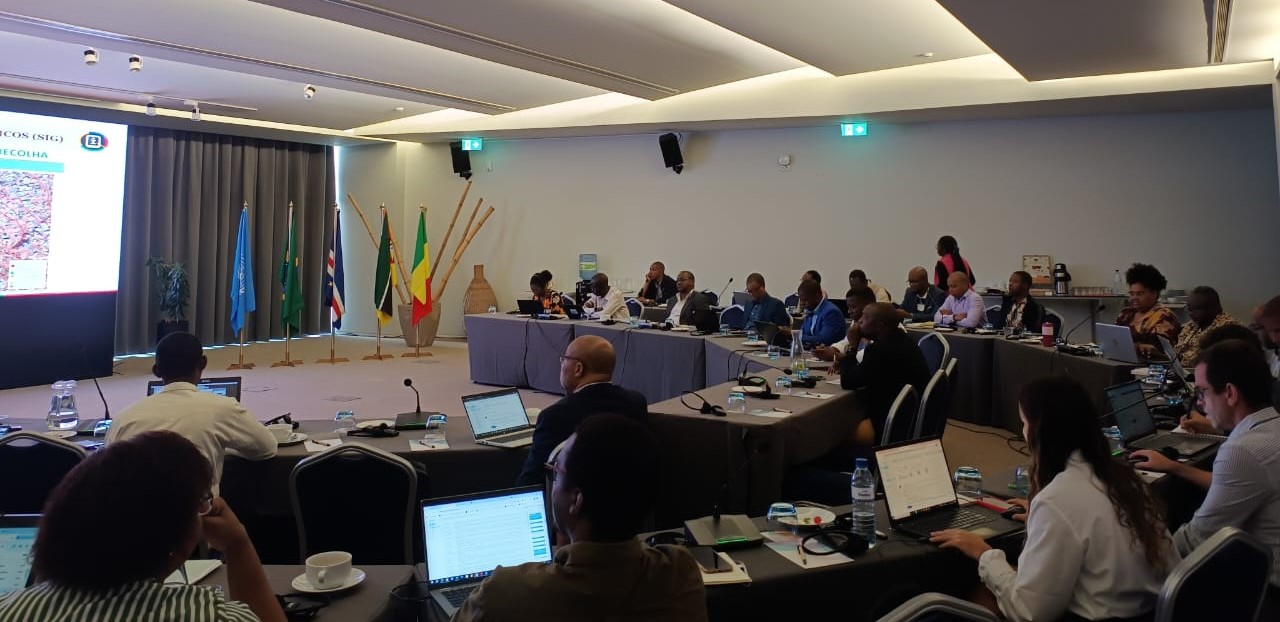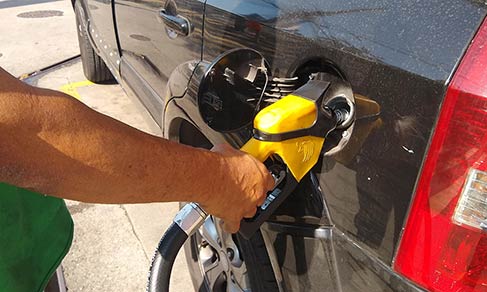Regional industry
Production stoppage makes industry in Pará get the worst result in 17 years
June 11, 2019 09h00 AM | Last Updated: June 11, 2019 10h45 AM
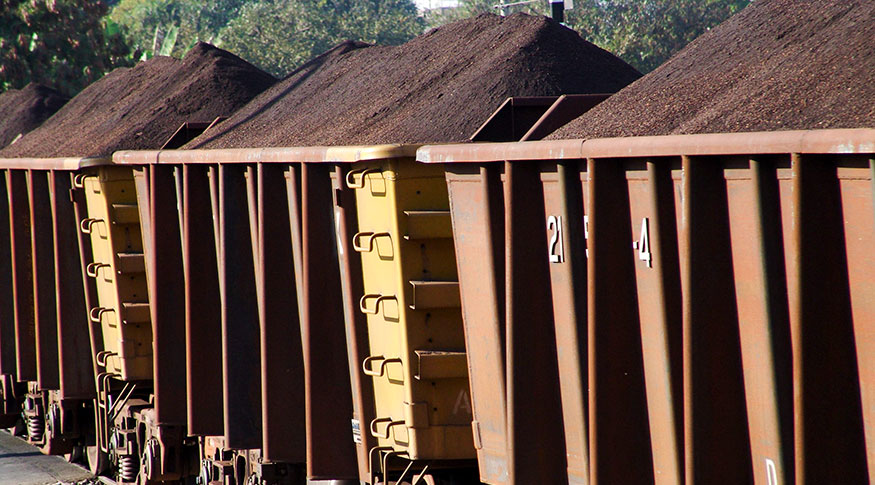
Production stoppage in the mining and quarrying sector caused the industry of Pará to drop 30.3% in April, compared to March. It was the largest decline since the beginning of the time series in 2002 and the third consecutive decline, accumulating losses of 38.8% in the period. Considering the first four months of the year, the state production fell by 7.8%, according to the Monthly Survey of Industry, released today by the IBGE.
The interruptions occurred because of the risk of disruption of mining dams, such as the one taken place this year in Brumadinho (MG), and contamination of indigenous reserves. The excess of rain also contributed to the drop in the mining production.
"After Brumadinho, there has been a growing concern about environmental issues within the industrial plants in this sector, which led to a production drop," explains survey analyst Bernardo Almeida.
The mining and quarrying sector also affected the industry of Minas Gerais and Espírito Santo, but with less intensity than that of Pará, which has 85% of its industry concentrated in the activity. While the industry of the state of Espírito Santo fell by 5.5%, that of Minas increased by 0.1%.
"The industry of Minas, having more activities than that of Pará and Espírito Santo, manages to soften this negative result," explains the survey analyst, showing that the mining and quarrying sector represents only 18% of the industry of Minas Gerais.
Ten of the 15 places surveyed up in April
In addition to Pará and Espírito Santo, the states that had negative rates were Rio de Janeiro (-4.5%), Goiás (-1.4%) and Amazonas (-1.2%). The survey also showed that 10 of the 15 sites increased production in April, with a highlight to Pernambuco (8.3%), Bahia (7.4%), Northeast Region (6.1%) and Mato Grosso (5.1%), which offset the negative behavior of March.
São Paulo, the country's main industrial park, was up 2.4%, the sharpest high since June 2018, influenced by the motor vehicle sector. "There was volatility in February, March and April, which can be explained by the more cautious domestic demand, due to the uncertainties going around. There is also the crisis in Argentina, which is our largest export market in the car sector," says Bernardo.


